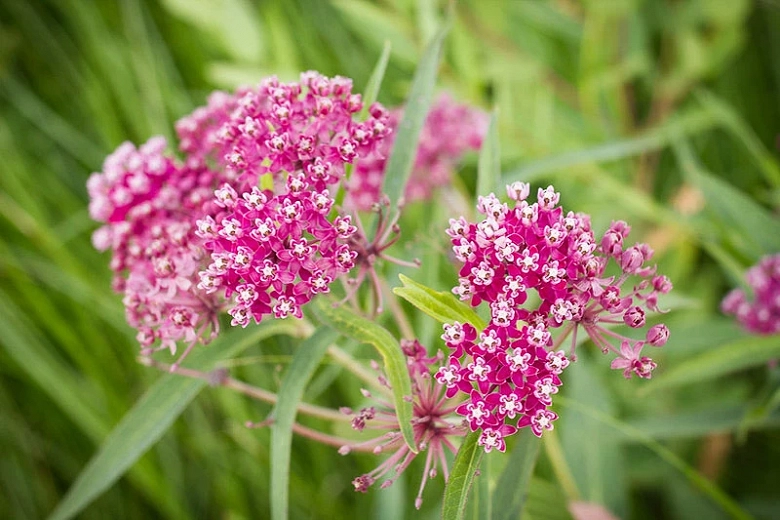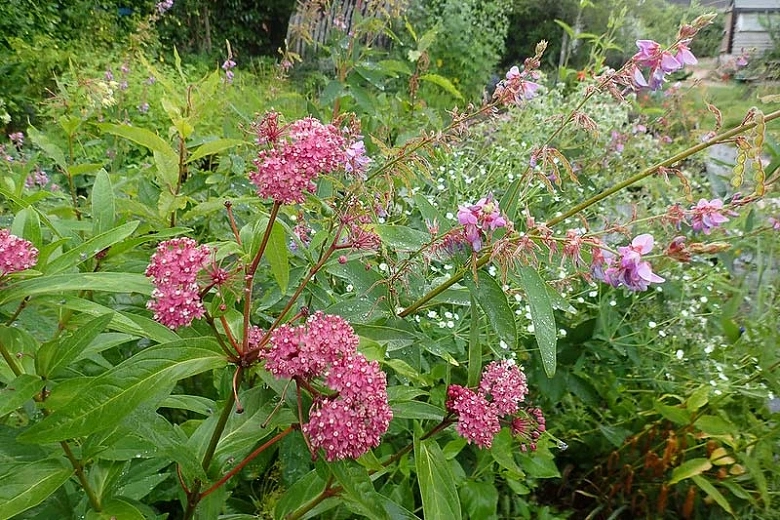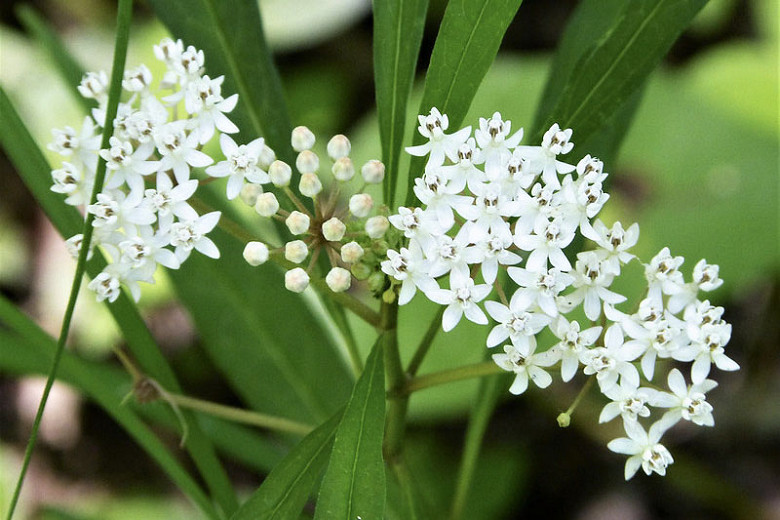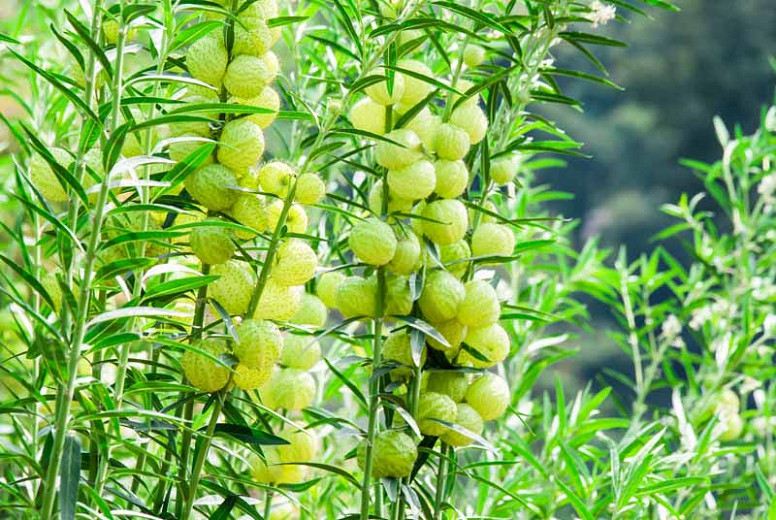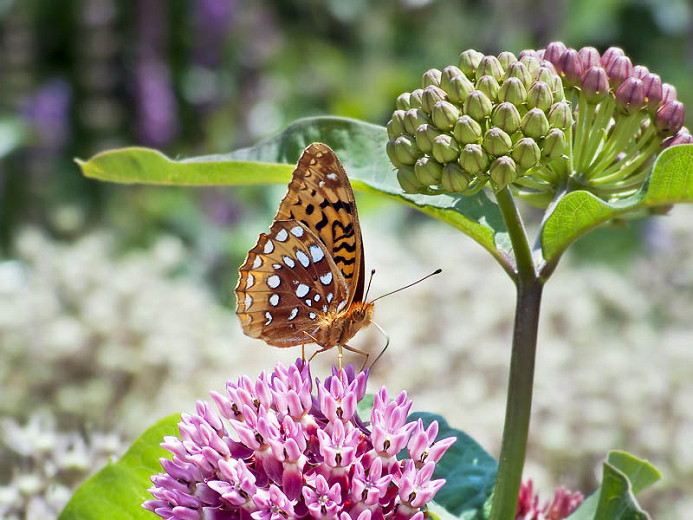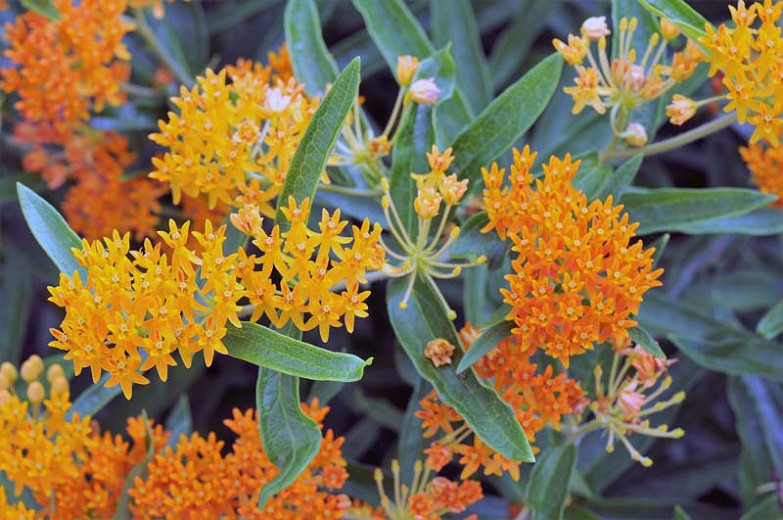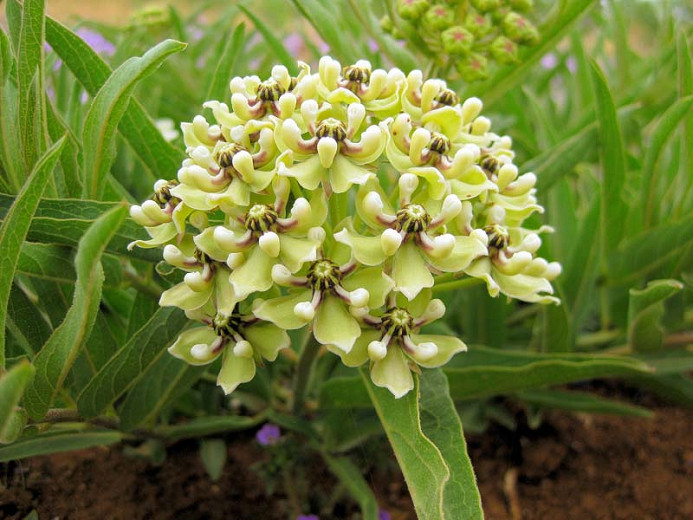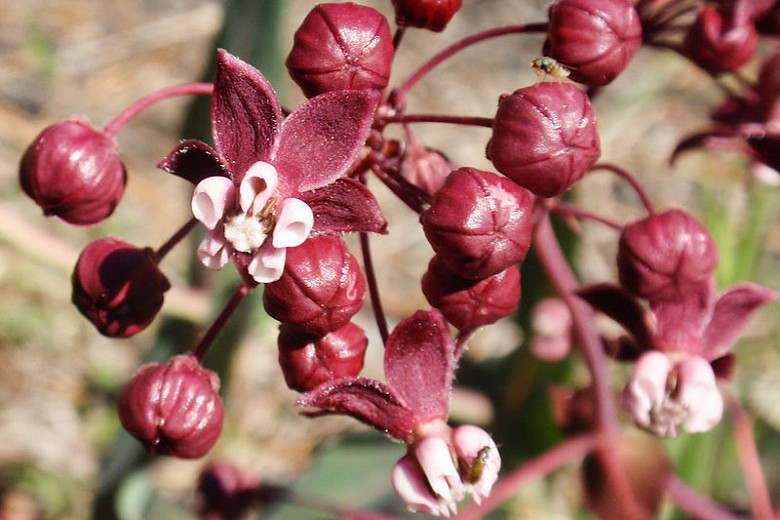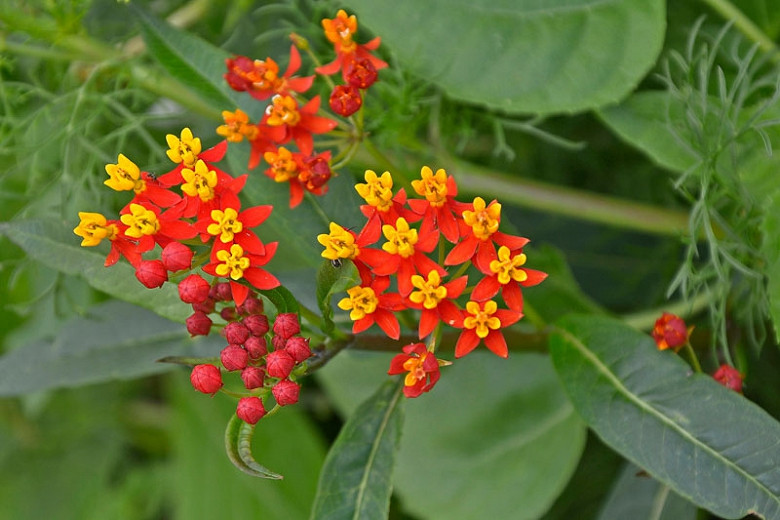Asclepias incarnata (Swamp Milkweed)
Asclepias incarnata (Swamp Milkweed) is an erect, clump-forming perennial prized for its brilliant clusters of fragrant, lilac-pink flowers, which bloom continuously for weeks from mid to late summer. Sitting atop upright branching stems, clad with stiff, lance-shaped, taper-pointed leaves, the colorful umbels give way to attractive seed pods in the fall, which persist into winter. Flowers are a great source of nectar for bees, beneficial insects, and butterflies. Milkweeds are host plants for the monarch butterfly. Milkweed plants are critical to monarch butterflies' survival, whose population in North America has plummeted by 90% in the last 20 years. By planting milkweed in your own garden, you can help reverse the fortune of these beautiful insects!
- Grows in sturdy, upright clumps up to 4-5 ft. tall (120-150 cm) and 2-3 ft. wide (60-90 cm)
- Thrives in full sun in medium to wet soils but is tolerant of average well-drained soils.
- Low maintenance, this perennial plant is generally pest and disease free.
- Perfect for sunny borders, cottage gardens, butterfly gardens, wet meadows, rain gardens, bog gardens, and near ponds and streams. Excellent as cut flowers with a long vase life.
- Plants have deep taproots and are best left undisturbed once established.
- Stems exude a toxic milky sap when cut.
- Toxic to dogs, toxic to cats, toxic to horses.
- Native to North America
Requirements
| Hardiness | 3 – 11 |
|---|---|
| Plant Type | Perennials |
| Plant Family | Asclepias |
| Exposure | Full Sun |
| Season of Interest | Summer (Mid,Late) |
| Height | 4' – 5' (120cm – 150cm) |
| Spread | 2' – 3' (60cm – 90cm) |
| Spacing | 36″ (90cm) |
| Water Needs | Average, High |
| Maintenance | Low |
| Soil Type | Clay, Loam |
| Soil pH | Acid, Alkaline, Neutral |
| Soil Drainage | Moist but Well-Drained, Moisture Retentive, Poorly Drained |
| Characteristics | Fragrant, Showy |
| Native Plants | United States, Midwest, Illinois, Indiana, Iowa, Kansas, Michigan, Minnesota, Missouri, Nebraska, North Dakota, Ohio, South Dakota, Wisconsin, Northeast, Connecticut, Delaware, Maine, Massachusetts, Maryland, New Hampshire, New Jersey, New York, Pennsylvania, Rhode Island, Vermont, Pacific Northwest, Idaho, Rocky Mountains, Colorado, Montana, Utah, Wyoming, Southeast, Alabama, Arkansas, Florida, Georgia, Kentucky, Louisiana, North Carolina, South Carolina, Tennessee, Virginia, West Virginia, Southwest, Nevada, New Mexico, Oklahoma, Texas |
| Tolerance | Clay Soil, Deer, Wet Soil |
| Attracts | Bees, Butterflies, Hummingbirds |
| Garden Uses | Beds and Borders, Bog Gardens, Ponds and Streams, Rain Gardens |
| Garden Styles | Informal and Cottage |
